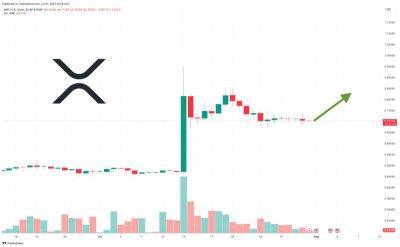Polkadot’s Kusama Model Offers a Way Forward for High-Innovation Blockchains
Disclaimer: The Industry Talk section features insights by crypto industry players and is not a part of the editorial content of Cryptonews.com .
It’s been two years since the first Polkadot parachains were launched on Kusama, the culmination of a process to fulfill the promise of blockchain technology. By enabling purpose-built, interoperable parachains to connect to the Kusama Relay Chain before graduating to the main network, Polkadot aimed to become a frontrunner in the Web3 race, a platform synonymous with security and scalability.
Two years on and Polkadot is going strong, with Kusama continuing to function as its experimental canary network, a proving ground for projects seeking to win auctions on the primary chain. By the end of Q1, 2023, some 42 new parachains had launched or won an auction on Polkadot with two of them, prediction market protocol Zeitgeist and social networking platform Subsocial, having migrated straight from Kusama.
Polkadot’s decision to pursue this model was groundbreaking. Having a testnet is one thing but Kusama is so much more than that, a standalone network that, while sharing similar code with its big brother, is tailor-made for radical innovation and early-stage deployments. Or as Kusama’s own tagline explained, “Expect chaos. No promises.”
Could other Layer-1 blockchains follow suit by launching their own fully-operational pre-production environments to engender high-risk, lower-cost innovation? It’s certainly a strategy that’s bearing fruit for Polkadot, with a recent Messari report noting that the network’s “future looks promising, with a loaded roadmap featuring XCM V3, OpenGov, system parachains, asynchronous backing, and parathreads.”
Flare is one blockchain aggressively
Read more on cryptonews.com






















